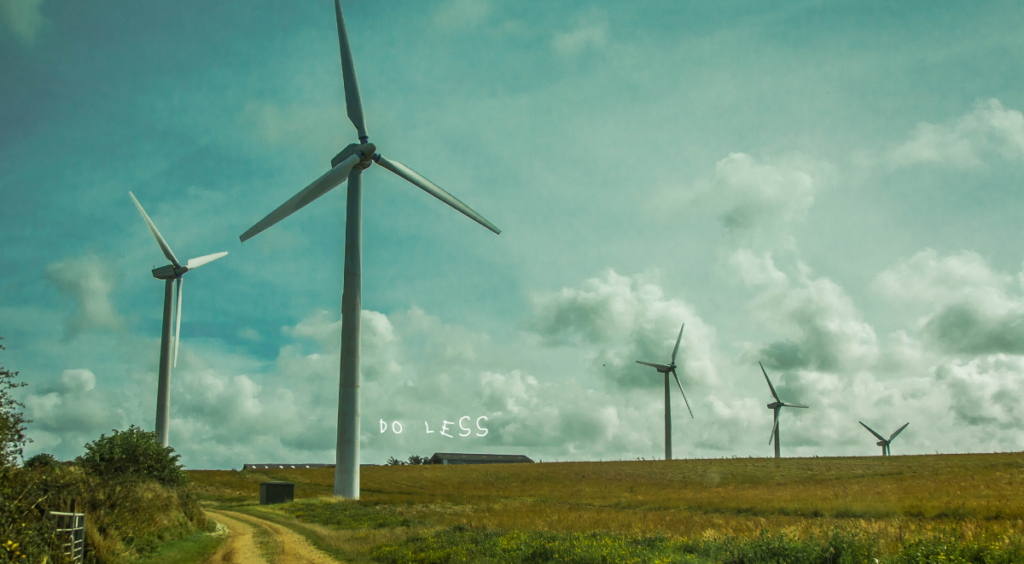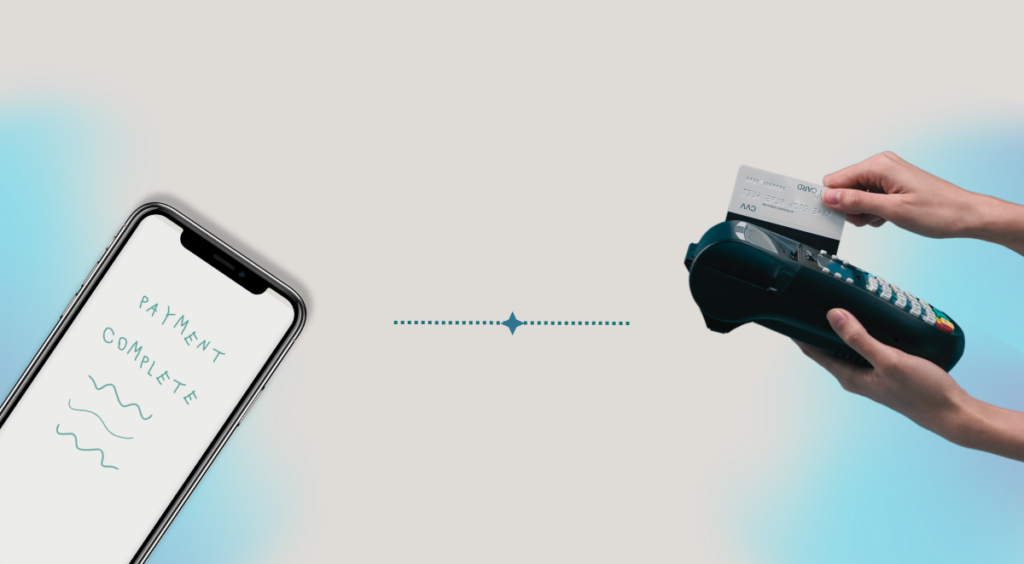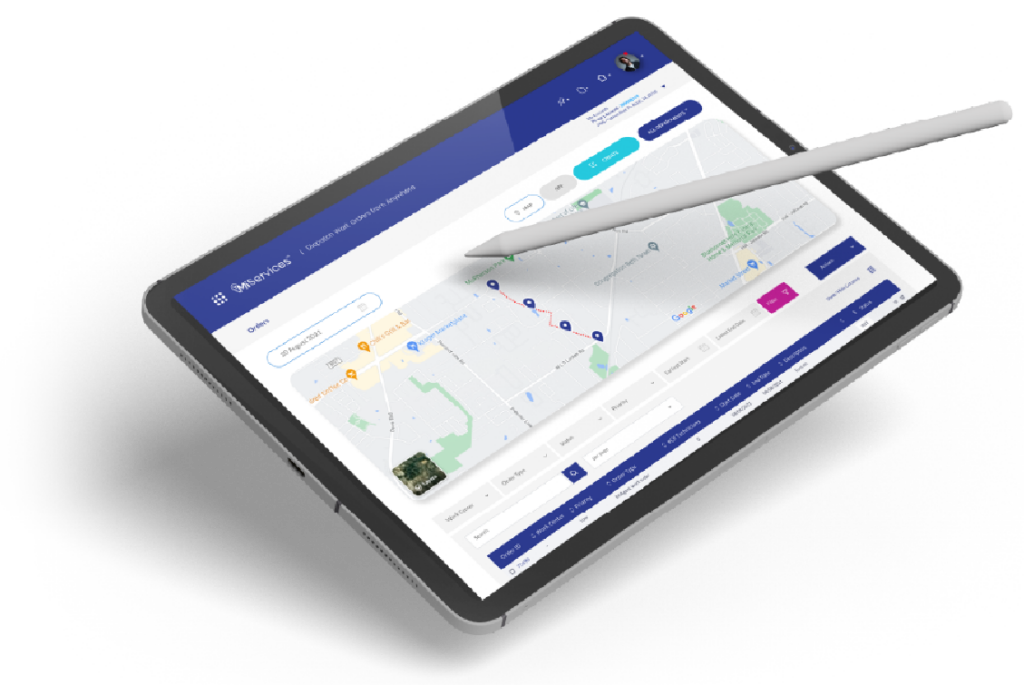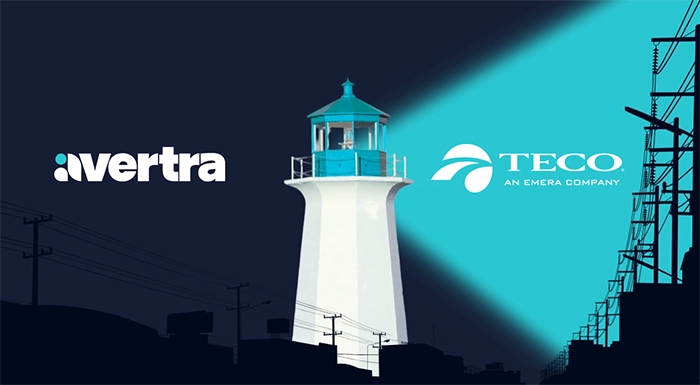Take a moment to look around your home. How many electric appliances can you spot? A survey found that the average single household has 10.6 home appliances, 13.8 for two-person households, and 17.5 for households with six persons or more. The typical U.S. family spends $2,060 on average per year on home utility bills, but this has caused huge environmental setbacks. In the US, 25% of emissions come from the electricity sector due to the burning of fossil fuels for electricity generation, and 23% can be traced back to the industry sector, as many chemical reactions are necessary when producing goods from raw materials.
While carbon dioxide emissions reach an all-time high, greenhouse gasses have gone off the charts as Earth steadily transforms into a potential “steam bath”. Hotter heat waves, drier droughts, and stronger storms and snow falls are expected in the near future. Why? Because we fail to take the necessary protocols to put an end to global warming, causing a huge disruption in nature. Animals are forced to migrate prematurely due to warmer temperatures and higher sea levels become the new normal. Even worse, more natural disasters, including wildfires and floods are taking place more frequently. These are a few things one can expect with the new increase in global surface temperatures. Setting sustainable development goals to prevent these natural disasters is a task that would normally take decades to complete. Fortunately, with digital technologies sweeping the globe, the potential to catalyze big changes towards environmental sustainability and climate action is possible.

As technology advances, more and more appliances and gadgets are finding their way into our living spaces. From warming and cooling our homes to using electronics and appliances, without energy to power our daily lives, we wouldn’t be able to do much. Today, homes use 37% more energy than in 1980, but this number would have been so much higher if energy efficiency tools and conservation technologies were not in the picture. Fortunately, anyone can run all their errands on their smartphone, such as buying groceries, paying bills, or booking a doctor’s appointment, all the way from the comfort of their couch, thanks to the power of technology. So what does this mean for energy conservation?

Self-service platforms are increasingly becoming a common commodity in the utility industry as a way for customers to track, identify, and become more aware of their usage patterns in energy, gas, and water in real-time. Better yet, customers are able to set goals to limit consumption to the bare minimum. When the set usage limit is not exceeded, customers are not only rewarded with a low bill, but smarter consumption becomes an instilled habit that is both pocket and environmentally friendly. Replacing traditional paper bills with e-bills is another effective way to save paper and reduce a company’s carbon footprint. Customers can simply receive their bill on their phone, save their preferred payment method and information, and even automate a scheduled payment after the end of each month. The resources used to mail one bill may seem trivial, but it’s far from that. Paying bills electronically helps the average household 6.6 pounds of paper each year and 171 pounds of greenhouse gas emissions. Imagine the difference it would make if everyone chooses paperless billing.

Climate change requires all citizens to adopt the right measures and adjust their lifestyle to accompany smarter, more efficient choices in an effort to reduce carbon emissions. More importantly, businesses must also take initiative in applying the appropriate policies and services that target sustainability. As a company with worldwide impact, we believe we have a major responsibility in this cause and apply effective measures to make a difference in the industry. The following points can provide some insight on how we deliver our promise of practicing and ensuring sustainability.
Saving Paper
Our MiCustomer Digital Experience platform has supported one of our customers in the replacement of traditional bills with e-bills, resulting in a total estimated reduction of one million pages saved in billing by 2023. To top it off, 40% of our total end-users enrolled in e-billing, e-notifications, and e-invoice programs with 400,000 digital messages delivered monthly. For customers that do not positively respond to our recommendation engines that encourage them to enroll in our e-billing program, our smart process automation tools instead conduct a thorough bill print analysis and fast comparison to detect bill errors before the stage of bill printing and mailing. This reduces the chance of reprinting bills with errors and paper waste.

Challenging Usage Habits
The platform’s built-in pattern recognition and self-service tools provide customers with real-time insight on their consumption habits. This encourages users to cut down on their energy, gas, and water consumption through curbing. Customers have managed to reduce at least 12% of their usual water consumption, as well as 15% of electricity and 12% of gas, thanks to MiCustomer’s empowering, educational, and context-specific recommendations. Even more, we encourage customers to create their own sustainability goals through MiCustomer. Customers are monitored to ensure realistic measures are taken to help them achieve their personalized goals.

Cutting Down On Emissions
Last but not least, work orders are assigned to the closest technician through advanced route optimization, guaranteeing the shortest available route. Through mathematical models, our platform enables enterprises to route the right work to the right team by enabling downstream efficiency. This optimizes fuel burn and reduces wear and tear on company assets (e.g. trucks, wheels, etc.), drastically extends their lifecycle through asset management. In 2021, Avertra intelligently helped route over 18 million orders across 14 countries, resulting in massive operational and environmental impacts for our customers.
Another way emissions are reduced is through the automation of exception management. Automating processes means resolving thousands of exceptions in a shorter period of time with less human effort involved. For example, instead of having a large number of staff working for hours on separate local devices to manually resolve thousands of exceptions at a time, less process time is being spent when exceptions are being resolved automatically without any human intervention. Essentially, a process that once heavily relied on paper is now fully automated, while operating time and carbon emissions are simultaneously being reduced. Automated start/stop service is another example of how a customer’s carbon footprint is kept to the bare minimum. With the option to start or stop a service all the way from the comfort of their home, customers are no longer required to drive long distances and visit their service provider to enroll in start/stop service. Our co-innovation partners also have the choice to streamline their organization through a cloud-based environment where less resources are used.

You may ask yourself what steps you can take to help protect the environment. Companies as well as end-users can contribute to systemic change at an unparalleled speed and magnitude through the ground-breaking technologies we have available at our fingertips today. The first step is to take initiative in providing customers with the right tools that will help reduce their carbon footprint, prevent resource overconsumption, and drive sustainable impact. At Avertra, we strive to empower people to be advocates of change by providing them with the power of choice. Through our mission to simplify life, we also simplify the ways in which users can help the environment. Reach out to us to learn more about how we can help you achieve your sustainability business goals, and together, let’s invest in our planet.



















